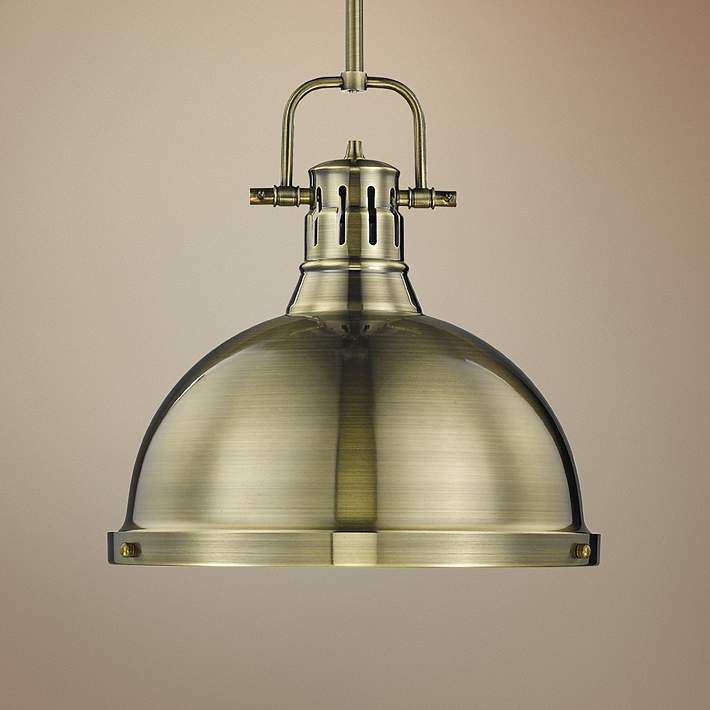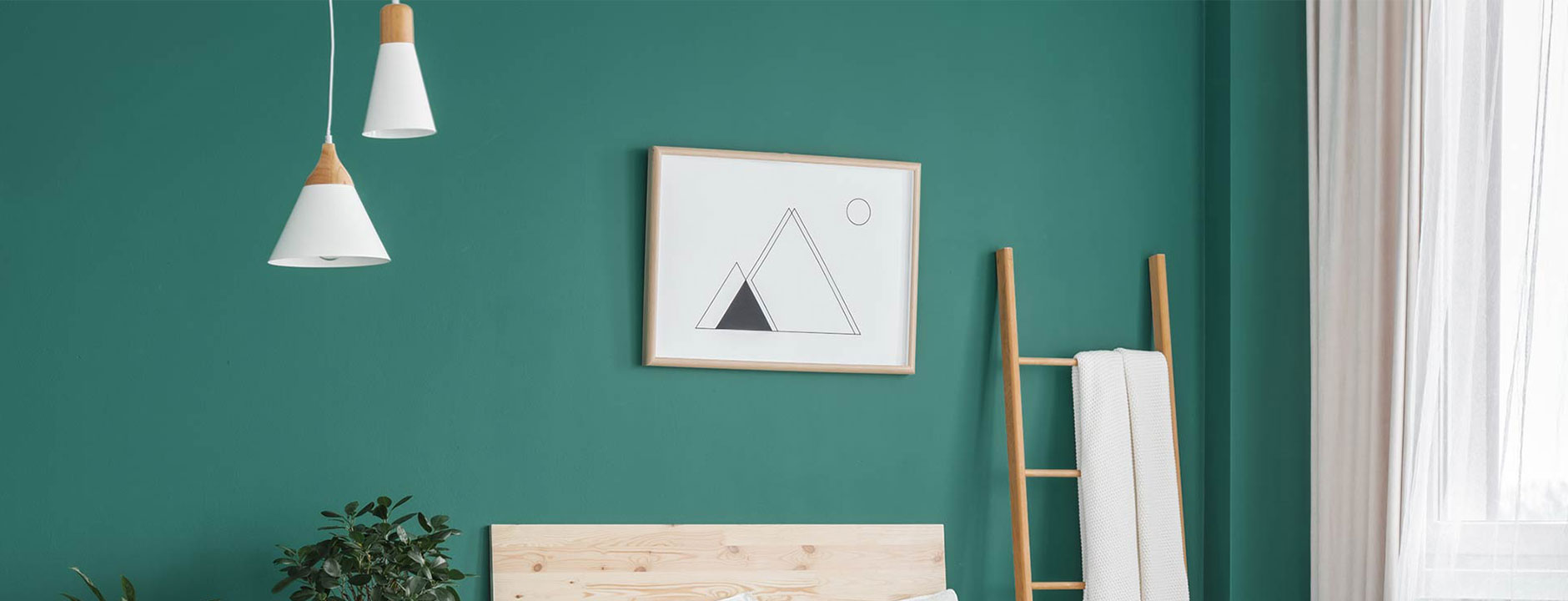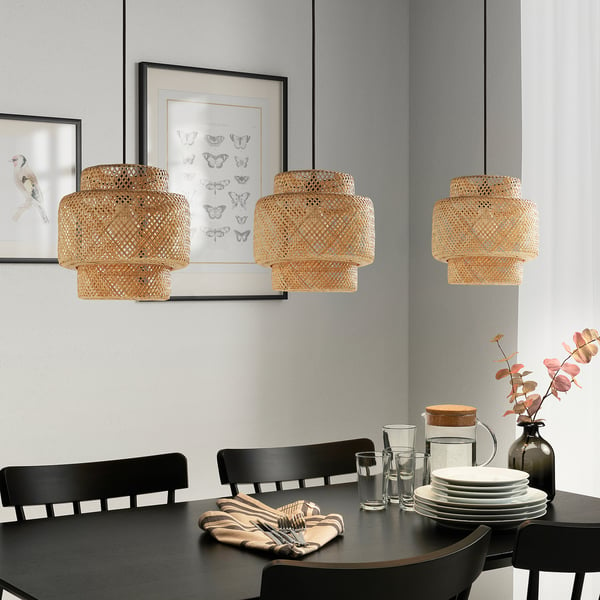A Comprehensive Guide to Setting Up and Keeping Your Necklace Light
Installing and preserving a necklace light calls for mindful planning and execution. Correct elevation measurements can improve both capability and design. Necessary devices and a clear setup procedure are vital for an effective setup. Routine maintenance assurances long life and efficiency. Recognizing these elements can transform a room. Knowing where to start may seem intimidating. What actions should one focus on to accomplish the most effective outcomes?
Recognizing Necklace Light Styles
While lots of property owners seek to enhance their rooms with necklace lighting, comprehending the different styles offered is essential for making an enlightened option. Necklace lights come in a wide range of designs, each offering special visual and functional benefits. Typical pendant lights commonly include traditional shapes and materials, such as glass or steel, providing an ageless charm. Contemporary layouts, on the various other hand, might incorporate bold shades and innovative materials to produce striking centerpieces.
Industrial-style necklaces often use raw materials like subjected light bulbs and rustic coatings, suitable for lofts and modern settings. For an extra wayward touch, vintage-inspired choices stimulate fond memories with intricate details and retro finishes. Additionally, minimalist styles focus on simpleness and clean lines, appealing to those that like underrated style. Understanding these varied designs permits homeowners to choose pendant illumination that not only enhances their decoration yet likewise offers their functional lights requires effectively.
Gauging the Ideal Height for Your Necklace Light
How does one determine the ideal elevation for a necklace light? To attain the most effective functionality and aesthetic allure, a number of variables should be thought about. Usually, a necklace light must hang 30 to 36 inches above a table to assure enough lighting without blocking views. Precede with high ceilings, the component may be positioned a little greater to preserve proportionality.
For cooking area islands, an elevation of 28 to 34 inches over the counter top is generally suggested, enabling ample light coverage while maintaining an inviting environment. In living areas, the necklace ought to be hung at an elevation that matches the bordering design and does not produce a threat for people walking under it.
Eventually, personal preference and space dimensions play considerable functions in figuring out the best height. Testing various elevations prior to last setup may help attain the wanted result and capability.
Tools and Products Needed for Setup
Successful installment of pendant lights needs a specific collection of products and tools to guarantee a smooth procedure. Crucial devices include a screwdriver, wire pole dancer, and a drill, which promote safe and secure component add-on and proper wiring. A voltage tester is crucial for validating security by making certain that power is off prior to starting any electrical job.
Along with devices, specific products are essential for installation. These consist of the necklace light itself, electric wiring, cord nuts for safe links, and mounting hardware. A ceiling hook might also be called for, depending upon the fixture's layout.
For added safety and benefit, a ladder will certainly assist in reaching high ceilings, while a level ensures that the light hangs uniformly. Preparing these tools and materials in advance enhances the installment process, making it extra efficient and efficient. Correct preparation is necessary to accomplishing a successful necklace light setup.
Step-by-Step Installment Process
With the required devices and materials gathered, the installation procedure for pendant lights can start. First, the power supply should be shut off at the circuit breaker to ensure security. Next off, the placing bracket requires to be attached to the electric box in the ceiling. After safeguarding it, the electrical contractor's tape must be utilized to cover any kind of exposed wires.
Complying with that, the pendant light's cables are connected to the matching cables in the ceiling: black to black (or red), white to white, and eco-friendly or copper for ground. When the connections are made, they need to be protected with wire nuts.
The pendant light can then be affixed to the installing bracket, making sure it hangs at the wanted height. Ultimately, the light bulb is placed, and the power is turned back on at the breaker, permitting the brand-new necklace light to brighten the room.
Preserving and Cleansing Your Necklace Light
What actions should be required to ensure the long life and aesthetic appeal of necklace lights? Regular upkeep and cleaning are important in protecting their appeal and capability. Dust and dust can build up on necklace lights, lessening their luster. To clean, a soft, lint-free towel or microfiber towel need to be used, along with a mild cleaner ideal for the surface material - Pendant Light. For glass or crystal necklaces, a glass cleanser can boost clearness without touches
It is a good idea to shut off the light and allow it to cool prior to cleaning. In addition, checking the component for loosened bulbs or connections occasionally assures security and peak efficiency. If suitable, changing bulbs routinely stops stress on electrical parts. Keeping a safe environment by preventing exposure to moisture can greatly prolong the life of necklace lights. Adhering to these steps will maintain pendant lights looking their ideal while operating effectively.
Troubleshooting Usual Pendant Light Issues
When pendant lights breakdown, numerous typical problems may arise, including flickering light bulbs, incorrect installation, and voltage variations. Determining the origin reason is important for efficient repairing and making certain peak performance. Resolving these issues quickly can improve the longevity and performance of pendant illumination fixtures.
Flickering Light Light Bulbs
Flickering light bulbs can be a source of stress for homeowners, commonly indicating underlying electrical concerns or basic upkeep needs. This phenomenon may originate from loosened light bulb connections, where the light bulb is not firmly fitted right into the socket, creating intermittent get in touch with (Pendant Light). Furthermore, faulty or aging bulbs might flicker as they near the end of their life expectancy. Another typical reason is irregular voltage, which can emerge from issues within the electrical system or overloading redirected here circuits. Property owners ought to additionally look for harmed electrical wiring, as this can result in flickering and present safety and security threats. Timely substitutes and routine evaluations are important to guarantee appropriate functionality and to maintain a secure home atmosphere. Determining the origin reason quickly can protect against further complications

Inaccurate Installation Concerns
Inappropriate installation of necklace lights can bring about a variety of issues that might resemble those brought on by flickering light bulbs. Typical problems include loose circuitry links, which can interrupt the flow of electrical power and result in periodic lights. Additionally, if the installing bracket is not safely secured, the necklace may hang erratically, producing an unsteady fixture that can create resonances or sound. Wrong light bulb kinds or wattage can likewise add to efficiency issues, as inappropriate bulbs may not function effectively in the component. Finally, inadequate spacing from the ceiling can develop darkness or minimize light circulation, reducing the designated effect of the pendant light. Recognizing and dealing with these setup errors is essential for achieving proper performance and aesthetic allure.
Voltage Variation Troubles
Although pendant lights can enhance a space's atmosphere, voltage fluctuations can bring about significant performance problems. These fluctuations might create flickering lights, reduced illumination, and even premature bulb failing. To diagnose such troubles, one ought to initially inspect the light component's compatibility with the voltage supply. Making use of a multimeter can help gauge voltage levels and identify abnormalities. It might be essential to inspect the electrical system for loosened links or defective wiring if voltage concerns persist. Sometimes, speaking with an accredited electrical expert is suggested to ensure safety and security and conformity with neighborhood codes. Properly addressing voltage changes not just boosts the performance of pendant lights however additionally expands their life expectancy and enhances total lighting high quality.
Enhancing Your Space With Pendant Light Positioning
Efficient pendant Visit Your URL light placement can significantly enhance a space by sticking to excellent height guidelines, guaranteeing the right illumination level. Layering these lights with various other resources can produce a balanced environment, highlighting prime focus within the area. Attaining a harmonious appearance requires careful consideration of both the fixture's placement and its relationship with surrounding elements.
Optimal Elevation Standards
When considering the suitable height for pendant lights, a general guideline suggests hanging them approximately 30 to 36 inches above a counter top or table surface area. This elevation enables optimum illumination while guaranteeing that the light does not block views or produce dangers. In eating locations, necklace lights ought to be placed to enhance the eating experience, commonly around 28 to 34 inches above the table. For cooking area islands, preserving harmony throughout numerous pendants can create a cohesive appearance; spacing them uniformly and sticking to the advised height boosts performance. It is important to think about ceiling height as well, as greater ceilings may call for adjustments to preserve proportionality and aesthetic charm. Appropriate height positioning significantly adds to the general setting of a room.
Layering With Other Lights
As necklace lights are integrated into a more comprehensive lights style, they can considerably improve the atmosphere of a room. Their flexibility permits them to be layered with ambient, task, and accent lights, creating an unified equilibrium. Incorporating pendant lights with recessed illumination can supply basic lighting while highlighting certain areas. Task lights, such as under-cabinet lights, can complement pendants in kitchen areas, making certain performance without sacrificing design. Accent lights, like wall sconces, can additionally enrich the setting, accentuating art work or architectural functions. By purposefully placing these light sources, house owners can accomplish depth and measurement, changing an ordinary space into a beautifully lit up setting that deals with various tasks and moods.
Focal Factors and Balance

Purposefully put necklace lights can act as charming prime focus within a room, drawing the eye and improving the general aesthetic. When choosing pendant lights, it is crucial to think about their form, shade, and dimension to ensure they match the existing design. As an example, a strong, oversized necklace can create a striking focal point above an eating table, while smaller sized components might work better in clusters to accomplish a well balanced appearance. Furthermore, positioning pendant lights at varying heights can add deepness and visual passion to the room. Preserving equilibrium with various other aspects, such as furniture and wall colors, will make sure that the necklace lights improve the area without frustrating it. Thoughtful positioning changes the setting, creating a harmonious and welcoming atmosphere.
Often Asked Concerns
Can I Mount a Pendant Light in a Recessed Ceiling?
The question of whether a necklace light can be mounted in a recessed ceiling usually develops. Normally, it is possible with proper placing hardware, making certain correct support and electric links for reliable and secure setup.
What Kind of Light Bulb Is Ideal for Pendant Lights?
When picking light bulbs for pendant lights, LED choices are frequently chosen due to their energy effectiveness and longevity. Furthermore, the color temperature should match the wanted atmosphere, with cozy white being a preferred selection for cozy setups.
Are Pendant Lighting Safe for Outdoor Use?

Exactly how Do I Select the Right Pendant Light Wattage?
Picking the best necklace light power level includes reviewing the room's size, preferred brightness, and component compatibility. Commonly, reduced electrical powers match ambient illumination, while greater power levels supply task lights, guaranteeing functionality and aesthetic appeal.
Can I Utilize a Dimmer Switch With My Pendant Light?
The question developed whether a dimmer switch might be used with a pendant light. Typically, have a peek at these guys if the light and light bulb work, a dimmer switch can efficiently boost atmosphere and control brightness degrees.
When pendant lights breakdown, a number of typical issues may occur, consisting of flickering light bulbs, wrong installment, and voltage changes. Improper installment of necklace lights can lead to an array of problems that may resemble those caused by flickering bulbs. Poor spacing from the ceiling can create shadows or reduce light distribution, diminishing the desired impact of the pendant light. Effective necklace light positioning can substantially enhance a room by adhering to optimal height standards, making sure the right illumination degree. When picking bulbs for pendant lights, LED options are frequently preferred due to their power effectiveness and longevity.